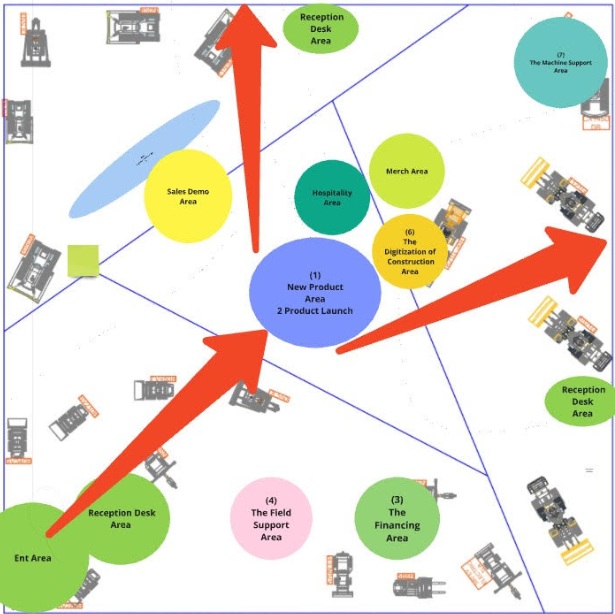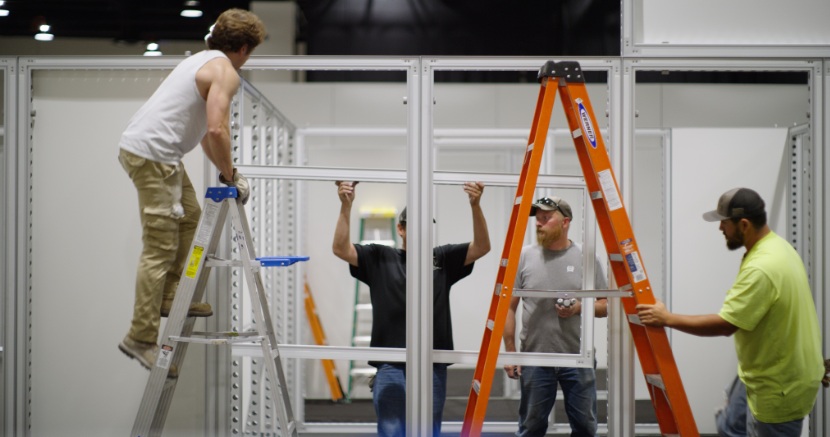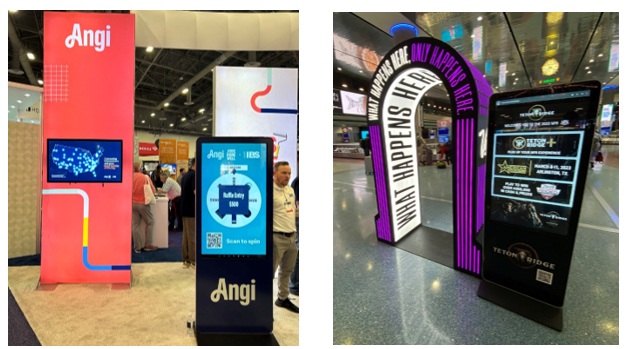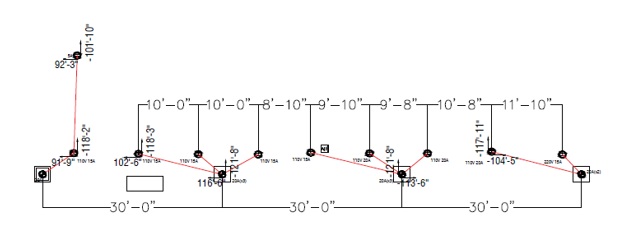When building a tradeshow display or organizing an event, it’s easy for costs to spiral out of control. From booth construction to logistics, the financial burden can quickly overwhelm your budget. However, one of the most effective ways to keep expenses in check is by leveraging your tradeshow and exhibit company. These partnerships are more than just service providers—they can offer valuable insights, creative solutions, and industry knowledge that help not only enhance the impact of your booth but also maximize cost savings. By working closely with your exhibit team, you can uncover efficiencies, streamline design, and avoid common financial pitfalls, ensuring your tradeshow experience is both successful and budget friendly.
One of the most significant opportunities for cost savings lies in the design process. Early collaboration with your exhibit builder is key, as it allows you to explore creative solutions that reduce material waste, simplify construction, and make setup more efficient. A well-thought-out design from the start can help you avoid costly last-minute changes. For example, a layout that’s optimized for reuse, easy transport, and minimal on-site labor can cut back on back-end expenses and keep your project running smoothly.

Choosing the right materials is another area where your tradeshow partner can provide substantial savings. Lightweight, durable materials like Matrix frames, fabric graphics, and composite panels reduce shipping and drayage costs. These materials aren’t just cost-effective—they also help streamline transportation and reduce labor costs, giving your exhibit a sleek, modern look without the extra overhead.

Another strategy that can stretch your budget further is investing in reusable components. Modular systems like aforementioned Matrix framework are highly adaptable, allowing you to modify your booth for different event spaces without starting from scratch each time. Designing your booth with scalability in mind is another smart strategy by ensuring your display can easily transition between different booth sizes, such as from a 10×10 to a 20×20, you can adapt to varying event requirements without the added cost of building multiple setups for each show. Not only does this approach reduce costs over multiple shows, but it also offers environmental benefits by minimizing waste and the need for new materials with each event.

Planning ahead is critical in avoiding rush fees. Last-minute decisions can lead to higher production, shipping, and labor costs, so finalizing designs and logistics early is essential. By booking your services well in advance, you can take advantage of early-bird discounts and ensure your tradeshow experience stays within budget.
Technology can be a powerful tool for enhancing your booth, but it doesn’t have to break the bank. Renting equipment like LED walls or interactive kiosks, rather than purchasing them outright, is a smart way to save. Additionally, utilizing digital elements such as QR codes or virtual demos can cut down on the need for printed materials, further reducing costs.

When exhibiting in a new city, consider using local resources to cut shipping costs and ensure timely delivery. Many exhibit companies have established networks with local vendors, making it easier to source materials and services close to the event, which can streamline logistics and reduce unforeseen expenses.
Energy efficiency plays a critical role in reducing the overall costs of exhibiting at a tradeshow. Beyond just the cost of the booth itself, utility expenses, particularly for electricity, can add up quickly when powering lights, displays, and interactive elements. One of the most effective ways to control these costs is by focusing on energy-efficient solutions. For example, switching to LED lights, which use less energy and have a longer lifespan than traditional lighting options, can significantly lower power consumption while still providing bright and vibrant lighting for your booth. LED lights are also cooler, which will create a better environment not only for attendees but also associates who may be working the booth. Additionally, working you’re your builder to develop a streamlined booth setup can minimize the need for power-hungry equipment. When planning your booth, consider strategically placing power outlets and limiting the number of devices that require constant electrical power.

By incorporating these strategies into your planning process, you not only reduce costs but also create a tradeshow experience that is both impactful and financially savvy. Leveraging your exhibit company’s expertise, optimizing material choices, and prioritizing reusability will ensure your display stands out—capturing attention and delivering results—without exceeding your budget. These thoughtful decisions not only enhance your presence but also reflect a commitment to both sustainability and efficiency, positioning your brand as a leader in today’s competitive marketplace.